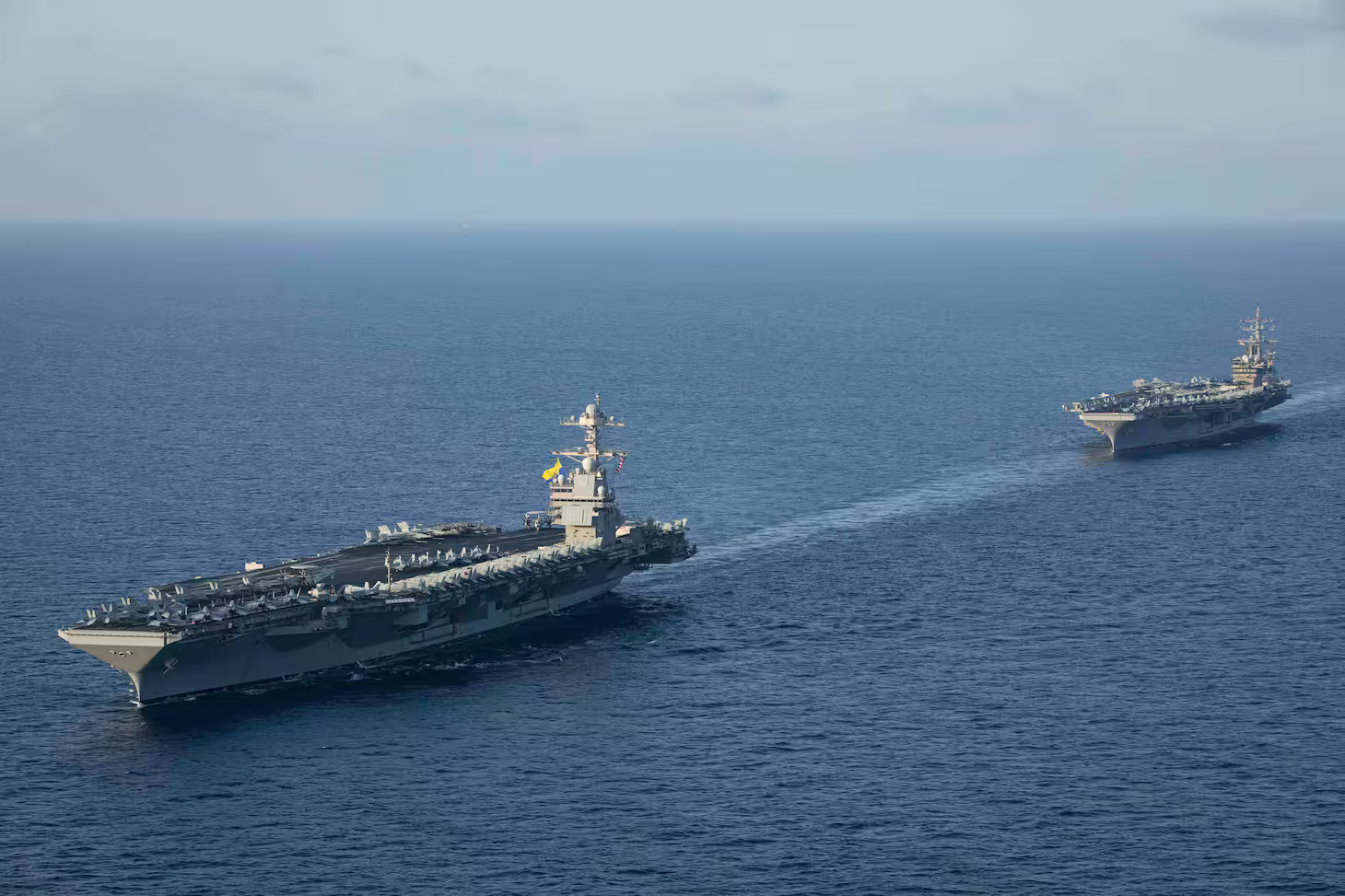
How big is the average fleet size? This question might seem simple, but the answer varies widely depending on the industry, company size, and region. Fleet size refers to the number of vehicles a company or organization operates. For small businesses, a fleet might consist of just a few cars or vans. Larger corporations, like delivery giants or logistics firms, often manage thousands of vehicles. On average, a typical fleet size for medium-sized companies ranges from 20 to 100 vehicles. However, in sectors like public transportation or shipping, fleets can be much larger. Understanding fleet size helps businesses optimize operations, reduce costs, and improve efficiency.
What is Fleet Size?
Fleet size refers to the total number of vehicles or vessels owned and operated by a company or organization. This can include cars, trucks, ships, or even aircraft. Understanding fleet size is crucial for logistics, transportation, and supply chain management.
-
Fleet size impacts operational efficiency. A larger fleet can handle more deliveries or services, but it also requires more resources to manage.
-
Fleet size varies by industry. For example, a delivery company like UPS has a massive fleet, while a small plumbing business might only have a few vans.
Factors Influencing Fleet Size
Several factors determine the size of a fleet. These can range from the type of business to the geographic area covered.
-
Business model plays a role. Companies offering on-demand services often need larger fleets to meet customer expectations.
-
Geographic coverage matters. Businesses operating in larger areas require more vehicles to cover the distance efficiently.
-
Seasonal demand affects fleet size. Retailers may increase their fleet during holiday seasons to handle the surge in deliveries.
Fleet Size in Different Sectors
Different sectors have varying fleet sizes based on their specific needs and operational requirements.
-
Public transportation fleets are extensive. Cities with large populations often have hundreds or thousands of buses and trains.
-
Construction companies have specialized fleets. These include heavy machinery like bulldozers and cranes, in addition to standard vehicles.
-
Healthcare services maintain critical fleets. Ambulances and mobile clinics are essential for providing timely medical care.
Managing Fleet Size
Effective management of fleet size is essential for cost control and operational efficiency.
-
Telematics systems aid in management. These systems track vehicle location, usage, and maintenance needs.
-
Regular maintenance is crucial. Keeping vehicles in good condition reduces downtime and extends their lifespan.
-
Driver training impacts fleet efficiency. Well-trained drivers can operate vehicles more efficiently, reducing fuel consumption and wear and tear.
Environmental Impact of Fleet Size
The size of a fleet can significantly impact the environment, especially in terms of emissions and fuel consumption.
-
Larger fleets produce more emissions. This is particularly true for fleets that rely on fossil fuels.
-
Electric vehicles are becoming popular. Many companies are transitioning to electric fleets to reduce their carbon footprint.
-
Route optimization reduces environmental impact. Efficient routing can minimize fuel use and emissions.
Fleet Size and Technology
Technology plays a significant role in managing and optimizing fleet size.
-
GPS tracking enhances efficiency. Real-time tracking helps in better route planning and fleet utilization.
-
Automated systems streamline operations. Automation can handle tasks like scheduling maintenance and dispatching vehicles.
-
Data analytics improve decision-making. Analyzing fleet data helps in making informed decisions about fleet size and management.
Challenges in Managing Large Fleets
Managing a large fleet comes with its own set of challenges, from logistical issues to regulatory compliance.
-
Regulatory compliance is complex. Different regions have varying regulations regarding vehicle emissions and safety standards.
-
Logistical challenges are significant. Coordinating a large number of vehicles requires advanced planning and real-time adjustments.
-
Cost management is critical. Larger fleets incur higher costs in terms of fuel, maintenance, and staffing.
Future Trends in Fleet Size
The future of fleet size is influenced by technological advancements and changing business models.
-
Autonomous vehicles are on the horizon. Self-driving cars and trucks could revolutionize fleet management.
-
Shared fleets are becoming common. Companies are increasingly sharing fleets to reduce costs and improve efficiency.
Fleet Size Facts: The Final Word
Understanding fleet size can be a game-changer. From the largest shipping companies to small delivery services, fleet size impacts efficiency, costs, and environmental footprint. Knowing the biggest fleets helps gauge industry leaders, while insights into smaller fleets reveal niche market players. Fleet size also affects maintenance schedules, fuel consumption, and route planning. Whether you're in logistics, shipping, or just curious, these facts offer a clearer picture of how fleets operate. Remember, fleet size isn't just a number; it’s a key factor in business strategy and sustainability. So next time you see a convoy of trucks or a line of ships, you'll know there's more to it than meets the eye. Keep these facts in mind, and you'll better understand the complex world of fleet management.
Was this page helpful?
Our commitment to delivering trustworthy and engaging content is at the heart of what we do. Each fact on our site is contributed by real users like you, bringing a wealth of diverse insights and information. To ensure the highest standards of accuracy and reliability, our dedicated editors meticulously review each submission. This process guarantees that the facts we share are not only fascinating but also credible. Trust in our commitment to quality and authenticity as you explore and learn with us.


